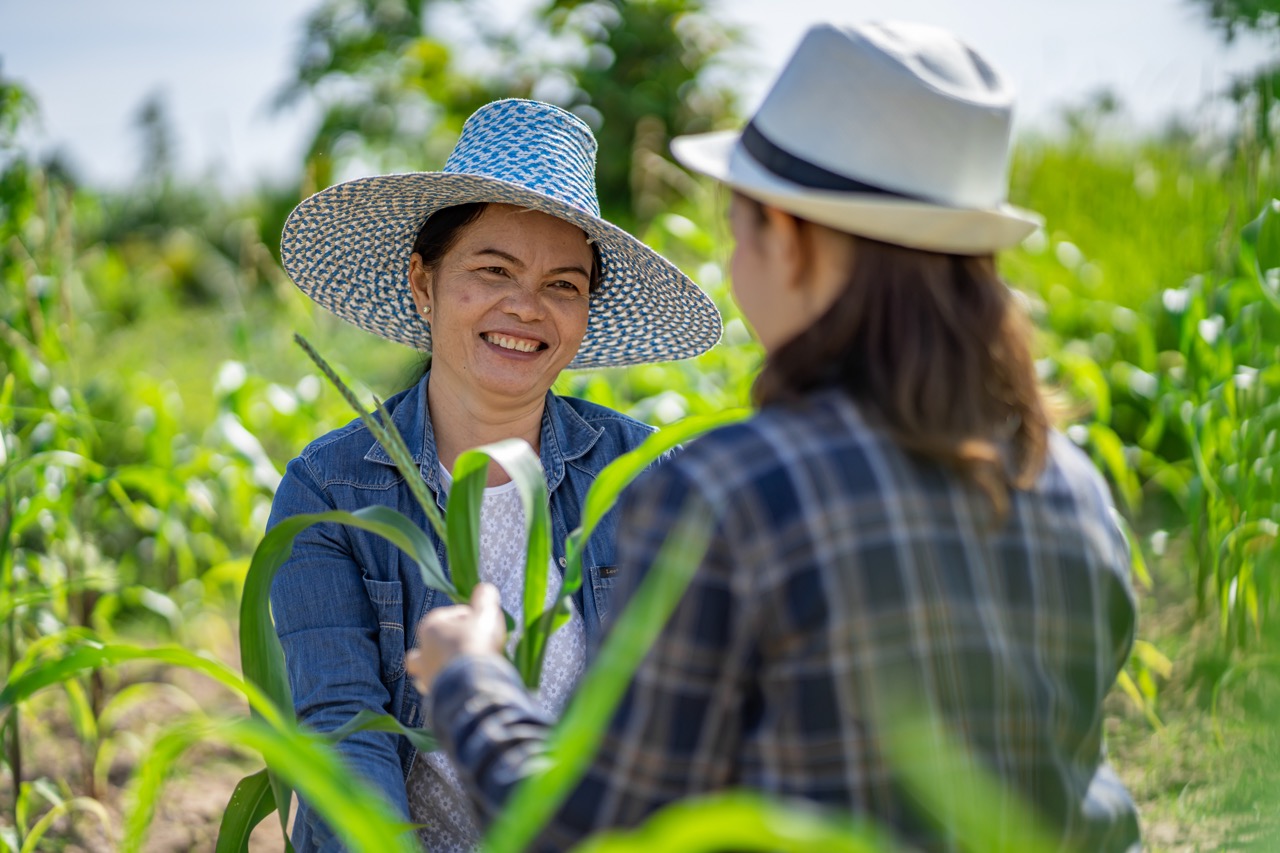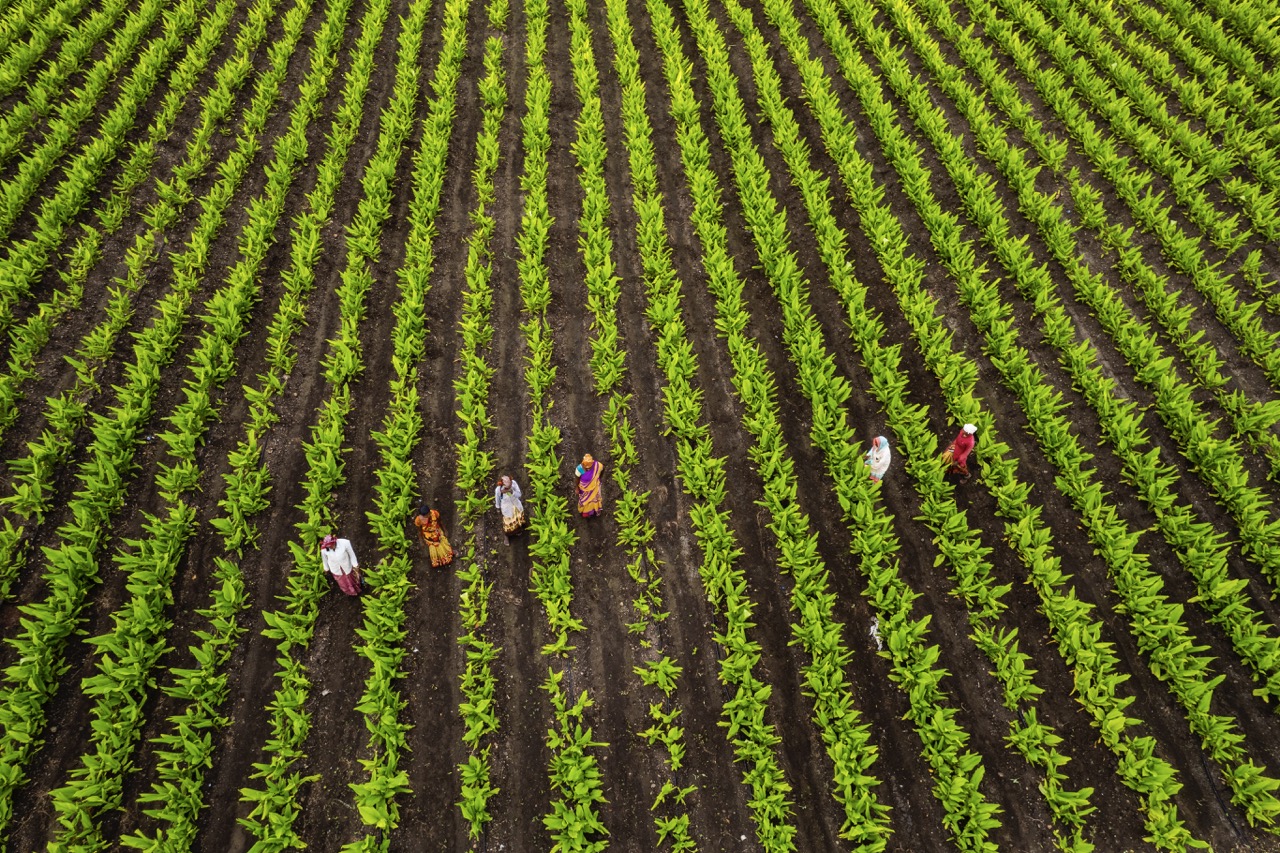Food insecurity remains a pressing global challenge, affecting millions of people across various demographics. As climate change, economic instability, and population growth exacerbate the situation, innovative solutions are needed to ensure a stable and sufficient food supply. One such solution gaining traction is crop sharing, a practice that encourages collaboration among farmers and local communities. By leveraging collective resources and knowledge, crop sharing not only enhances food production but also strengthens social ties and economic resilience. This article explores the role of crop sharing in combating food insecurity, its impact on local communities, the broader economic implications, and future prospects for scaling these initiatives.
Understanding Crop Sharing: A Solution to Food Insecurity
Crop sharing involves the cooperative cultivation and distribution of crops among farmers and community members. This practice is rooted in the idea that pooling resources—be it land, labor, or expertise—can yield better results than individual efforts. Farmers can share land to grow diverse crops, reducing the risk of failure due to pests or adverse weather conditions. The practice also allows for the cultivation of a wider variety of produce, contributing to a more varied diet for local populations, which is crucial in addressing nutritional deficiencies.
In addition to promoting biodiversity, crop sharing addresses food waste by ensuring that excess produce is distributed among community members or local food banks. By creating a more robust supply chain, crop sharing can significantly mitigate the risk of food shortages and surpluses, translating into better availability of fresh produce for those in need. This method also offers a sustainable approach to agriculture, as shared responsibilities foster environmental stewardship and collective care for the land.
Moreover, crop sharing can provide an entry point for marginalized groups, including women and young farmers, who may lack access to individual land ownership or traditional farming resources. By participating in collaborative farming efforts, these individuals can gain valuable skills, knowledge, and social networks that empower them to contribute to food security in their communities.
How Collaborative Agriculture Empowers Local Communities
One of the most significant benefits of crop sharing is its ability to empower local communities. By working together, individuals build trust and strengthen their social fabric, fostering a sense of belonging and collective responsibility. This collaboration can lead to improved communication and organization, which are essential for successfully addressing food insecurity. As community members learn from one another and share best practices, they become more adept at managing agricultural challenges, enhancing both their resilience and productivity.
Additionally, crop sharing initiatives often include educational components that focus on sustainable farming practices, nutrition, and food preservation techniques. By equipping community members with this knowledge, crop sharing becomes a vehicle for long-term food security, allowing families to better manage their resources and make informed decisions about food consumption. Consequently, empowered communities are more likely to advocate for policies that support sustainable agriculture and food access.
The impact of crop sharing extends beyond food production; it encourages the development of local economies. By collaborating, farmers can access markets more effectively, sell surplus produce at fair prices, and create local food systems that prioritize community needs over corporate interests. This economic empowerment not only strengthens community resilience but also encourages food sovereignty, allowing local populations to take control over their food sources and decision-making processes.
The Economic Impact of Crop Sharing on Food Systems
The economic implications of crop sharing are profound. By pooling resources, farmers can reduce individual costs related to seeds, equipment, and labor. This collective approach leads to greater efficiency and can ultimately lower the price of food for consumers. By circumventing traditional market structures, crop sharing can create a more equitable distribution of food resources, particularly in underserved areas where access to affordable fresh produce is limited.
Furthermore, crop sharing fosters innovation within agricultural practices. Farmers can experiment with new techniques and crops in a low-risk environment, sharing the insights gained with one another. This collaborative spirit can lead to breakthroughs in sustainable practices, pest management, and climate resilience, enhancing overall productivity and contributing to a more stable food supply. As communities adapt and innovate, they become less dependent on volatile external markets and more resilient to economic shocks.
Finally, the economic benefits extend beyond immediate food production. Crop sharing initiatives can create job opportunities in local food systems, from farming positions to roles in distribution and education. By investing in community-based agriculture, local governments and organizations can foster economic growth that prioritizes food security and sustainability. This holistic approach can help create a more resilient agricultural economy that supports both producers and consumers.
Future Prospects: Scaling Up Crop Sharing Initiatives
As awareness of food insecurity continues to grow, the potential for scaling crop sharing initiatives is becoming increasingly evident. To successfully expand these programs, it is essential to establish supportive policies that facilitate cooperative agriculture. Governments can play an instrumental role by providing funding, resources, and technical assistance to local projects. Legal frameworks that recognize and support community-led initiatives will be crucial in encouraging more farmers to participate in crop sharing.
Moreover, technology can enhance the efficiency and reach of crop sharing initiatives. Digital platforms can facilitate coordination among farmers, enabling them to share resources, knowledge, and produce more effectively. These tools can also help identify local needs and connect surplus with demand, ensuring that no food goes to waste. By incorporating technology into crop sharing, communities can optimize their agricultural output while remaining responsive to changing market dynamics.
Finally, public awareness campaigns can help inform consumers about the benefits of supporting local crop sharing initiatives. By fostering a culture of collaboration and sustainability, communities can generate greater participation and investment in these programs. As more individuals understand the importance of local food systems in addressing food insecurity, the momentum for scaling up crop sharing efforts will continue to grow, creating a more resilient and equitable food landscape.
In conclusion, crop sharing serves as a multifaceted solution to the pressing issue of food insecurity. By empowering local communities, enhancing economic stability, and promoting sustainable practices, this collaborative approach to agriculture has the potential to reshape food systems for the better. As we look to the future, the challenge will be to scale these initiatives, ensuring that the benefits of crop sharing reach all corners of society. Through collective effort and innovation, we can forge a path toward a more food-secure world, where every individual has access to nutritious and affordable food.










